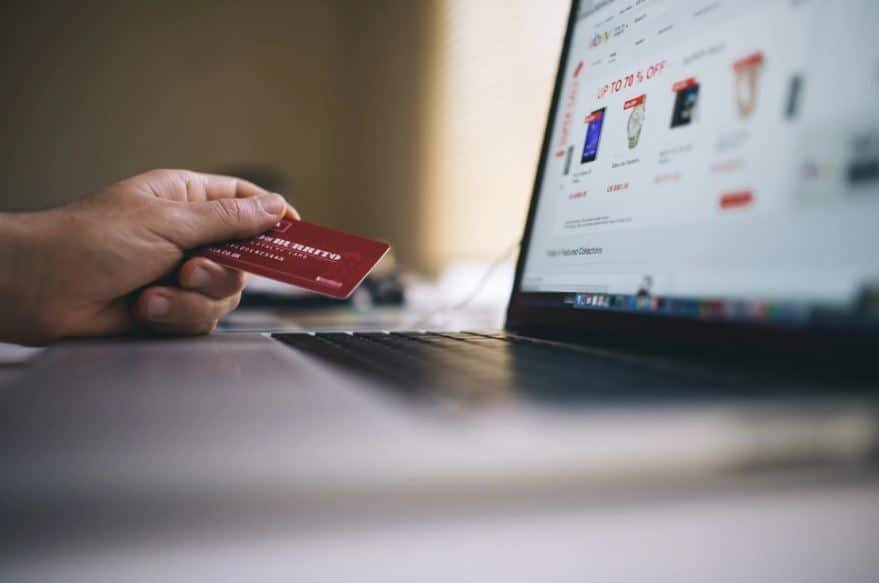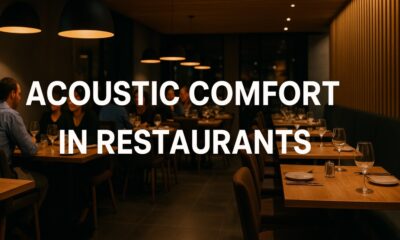Digital Marketing
Website Conversions and How to Improve Them

If your e-commerce site receives decent traffic and there are few applications, you have conversion problems. The situation needs to be changed urgently. Otherwise, you will waste the entire advertising budget, and attracting a client will result in a pretty penny.
What Is Website Conversion?
This is the ratio of those who came to the site to those who bought the product, expressed as a percentage. For instance, 100 people visited the site, three of them performed the target action (purchase, application, leaving contact information). The conversion of the site is 3 percent:
K = C / Zx100%
Where K is the conversion, C is the number of visitors who have performed the target action, Z is the total number of site visitors. In our case:
K = 3 / 100×100% = 3%
The conversion rate depends on the niche of the business and website design services you have used. Poor-designed sites do not attract users. If you sell expensive goods, an indicator of 0.5-1 percent is considered normal. This applies to furniture, real estate, expensive training, cars, and so on. For clothing and footwear sites, the normal indicator is 3-5 percent. Niches such as the delivery of ready-made food and drinks should expect 20-25 percent conversion.
Conversion is a relative indicator and does not say anything about the business profitability. However, it is closely related to the cost of attracting a customer — CAC (Customer Acquisition Cost).
The Reasons for Bad Conversions and How to Fix Them
Here are six reasons that might explain your conversion problems.
Poor Design
A visitor enters the site, but it dazzles, flickers, and looks out of fashion. The client is in a hurry to close the tab as soon as possible, without even reaching the desired section with goods. The rest indicators may be great: low prices, excellent services, and free shipping. But no one will see this.
What to Do?
Turn to Fireart Studio. It is best to order a site audit from a reputable agency. You may think that the site is superb when it is outdated, ugly, and inconvenient.
You Are Too Expensive
The visitor enters the product page, and its cost is decently higher than that of competitors, all other things being equal. In this situation, the deal is unlikely to take place — no one will overpay. Of course, if the client needs a product urgently and there is no time to study other offers, they will buy your goods. But this is rather an exception and an accident.
What to Do?
Engage in pricing policy. In general, high prices are acceptable, but they must be justified. Customers are willing to pay extra for quality service, fast delivery, and technical support. Price is in third place in the list of factors influencing the decision to buy after the level of service. If your service is like everyone else’s, prices should be within the market average.
You Are Too Cheap
More precisely, you are suspiciously cheap. Many see a catch in this: there must be a scam, products will break in a month, or they are fake. As a result, customers leave the site, and conversion falls.
What to Do?
Same as in the previous case: justify the price level. If it’s cheap, it’s because there are discounts or sales. A successful business model is to keep prices lower than those of competitors. However, be clear about how you do this.
The Offer Does Not Reach the Target Audience
The client goes to the site from a search or contextual ad. They need plastic windows installed in their city, but the site offers window installation outside their location. There are many such examples: a proposal can hit the audience of the wrong age, gender, interests, ability to pay, and so on.
What to Do?
Form an offer aimed at a specific target audience, fine-tune targeting, and conduct A / B tests. Track metrics using Google Analytics and make adjustments if the result is not satisfactory.

The Site Is Inconvenient
A simple mistake can ruin the user experience. For example, the client is satisfied with everything on the site, but they cannot find the product they are interested in. Or they go into a category, but everything is shuffled, and there are no filters. Finally, maybe the “buy” button fails to appear at the most important moment.
What to Do?
Tweak usability and UX: the three-click rule, site navigation, section search, and feature filters.
The Site Is Slow
The client waits for two minutes for an image or video to load, a section opens, and so on. They will not tolerate this. There will always be faster sites where you do not have to wait.
What to Do?
To prevent the site from failing, you need to install a powerful engine, for example, InSales. Besides, order a technical optimization of the site.
Read more: How do I Convert my Website to E-Commerce App?
-

 Self Improvement2 months ago
Self Improvement2 months agoUsing BCBS Rehab to Access Quality Addiction Care
-

 Games2 months ago
Games2 months agoPusoy Strategies for Play That Also Work in Pusoy Dos in English
-

 Law2 months ago
Law2 months agoHow Can a Car Accident Attorney Help You?
-

 News2 months ago
News2 months agoCreating Acoustic Comfort in Restaurants: The Overlooked Ingredient of a Perfect Dining Experience






